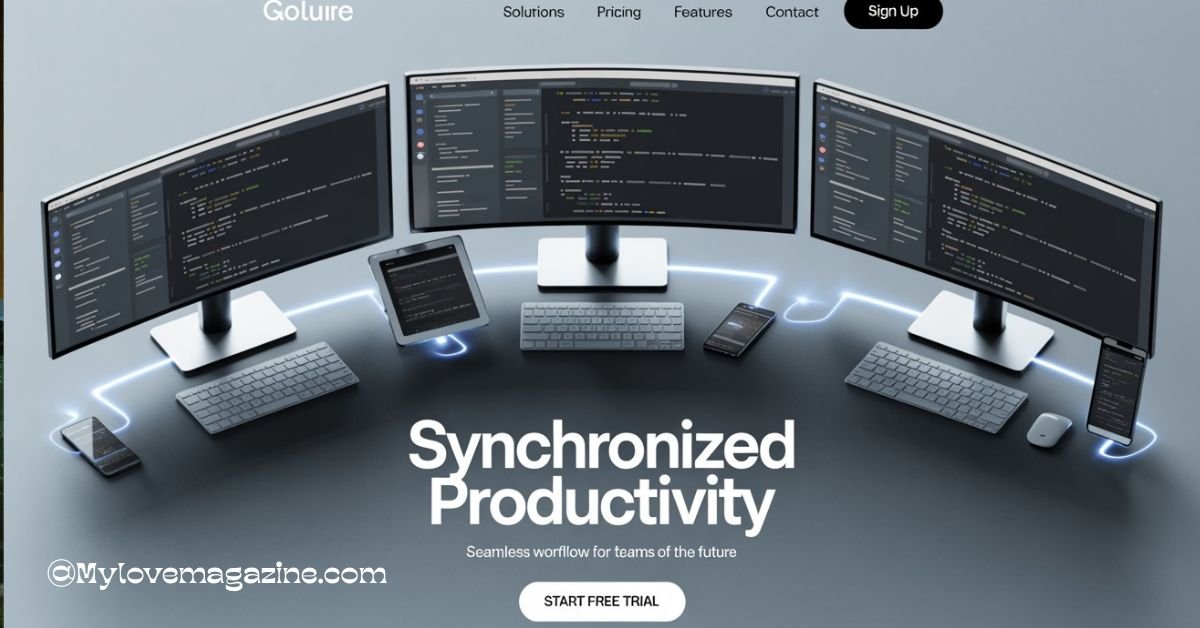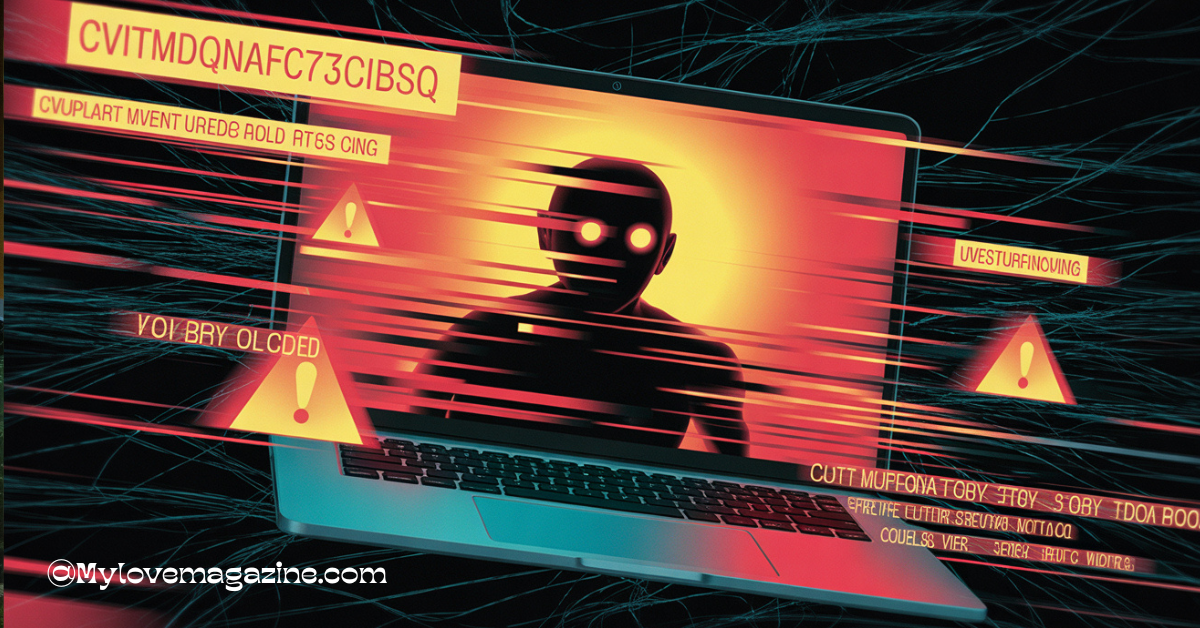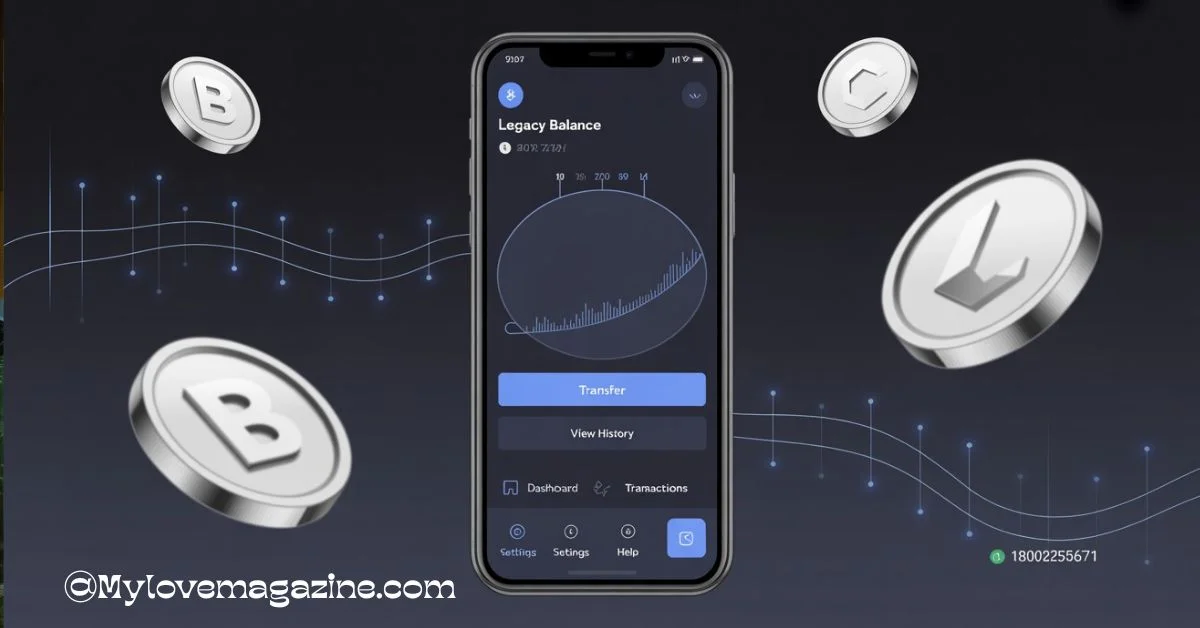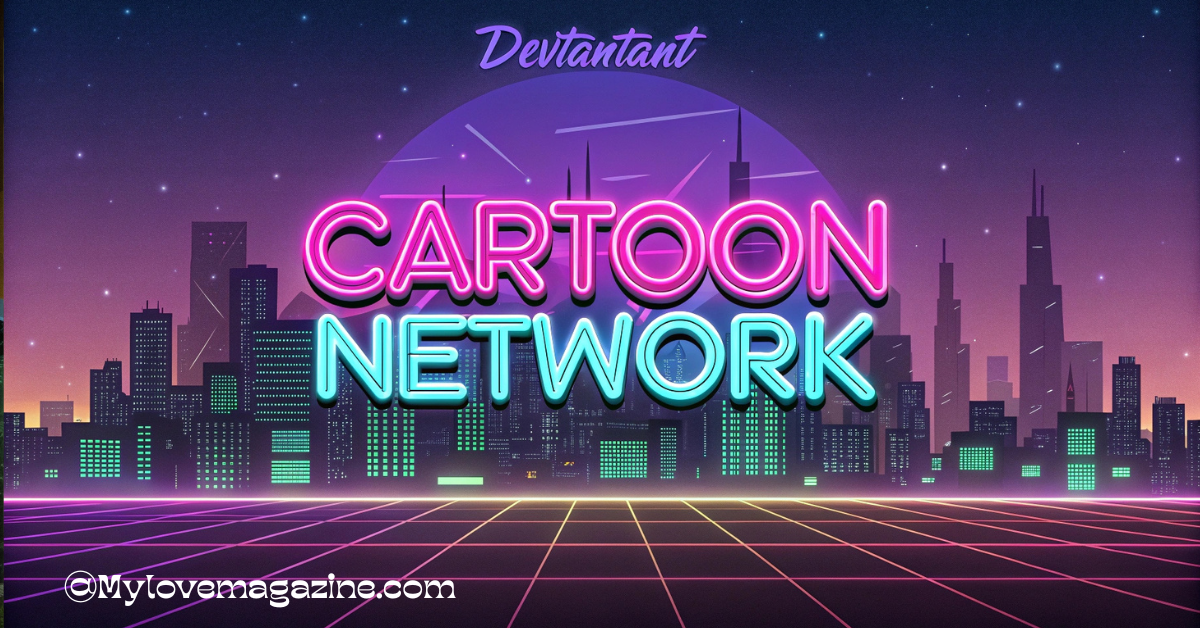Each Computer Has Their Own Tablet/Phone and They Emphiziz Use!
Each computer has their own tablet/phone and they emphiziz seamless device integration to boost productivity and convenience. This setup allows instant data sharing, multitasking, and cross-platform control. It’s a growing trend in smart tech ecosystems for work, school, and daily life.
Stay tuned with us — we’ll soon talk about how each computer has their own tablet/phone and they emphiziz smart integration.
What Does It Mean That Each Computer Has their Own Tablet/Phone and They Emphiziz?
In today’s hyper-connected world, the way we interact with technology is evolving rapidly. A growing trend is the integration of personal devices—like tablets and smartphones—with computers. This concept, where each computer has its tablet or phone and they emphasize seamless communication, is transforming how we work, learn, and live. But what does this really mean? It goes beyond simple pairing; it’s about creating an ecosystem where digital devices function as extensions of one another. Whether you’re in a smart classroom, modern office, or high-tech home, understanding this concept is crucial to maximizing digital productivity and efficiency.
Why Do Systems Emphasize Device Integration in Modern Technology?
Modern systems emphasize integration because they aim to streamline tasks and improve user experiences. When a computer is paired with a specific tablet or phone, users gain the ability to transfer data instantly, receive synced notifications, control devices remotely, and continue tasks across platforms. This functionality enhances multitasking, accelerates workflows, and reduces downtime.
For example, Apple emphasizes integration through its Continuity features like Handoff and Universal Clipboard. Similarly, Windows and Android devices work together via the “Phone Link” app. These systems create a cohesive experience that’s especially beneficial in business and education.
Ultimately, the emphasis is on improving productivity and user satisfaction. As technology advances, systems are designed to act less like standalone tools and more like collaborative partners within a digital environment. This is why each computer has its own tablet/phone and they emphizi—and emphasizing that integration has become a standard in digital design.
What Do You Call a Mobile Phone That Can Be Used as a Computer?
A mobile phone that functions like a computer is often called a smartphone with desktop mode or a computing-capable smartphone. Examples include Samsung’s DeX mode or Motorola’s Ready For platform, which allow users to connect their phones to monitors and keyboards to mimic a desktop interface.
This innovation eliminates the need for traditional computers in some cases. It highlights how modern mobile devices are bridging the gap between portability and power. These phones not only sync with computers but can occasionally replace them for basic computing needs.
So, when we say each computer has its phone, it also means the phone might double as a mini-PC—underscoring the emphasis on functional synergy between devices.
Are a Cell Phone and a Computer Considered the Same Type of Device?
https://en.wikipedia.org/wiki/ComputerWhile both are digital devices, a cell phone and a computer are generally classified differently due to their core functions. A cell phone is primarily a communication tool with computing capabilities, while a computer is a powerful processing device designed for broader applications such as software development, content creation, and data analysis.
However, the distinction is becoming blurry. Smartphones now support tasks once reserved for desktops, such as video editing, 3D design, and multitasking with multiple apps. With the increase in cross-platform compatibility, the functional gap continues to shrink.
Hence, in modern digital ecosystems, they are considered complementary devices, each contributing unique value while emphasizing unified workflows.
What Do You Call Laptops and Computers in Today’s Digital World?
Laptops and desktops are broadly referred to as personal computers (PCs). They are central to digital productivity and form the backbone of most integrated setups. As digital transformation accelerates, PCs are no longer isolated devices. They are hubs that connect to various peripherals—including tablets, smartphones, smartwatches, and IoT devices.
In environments where each computer has their own tablet/phone and they emphiziz, the PC becomes the command center. It processes tasks, manages data, and distributes information across connected devices. In essence, today’s PCs serve as ecosystem anchors, emphasizing their evolving role in tech landscapes.
Is a Tablet a Digital Device, and How Is It Used With Computers?
Yes, a tablet is a digital device, and its use alongside computers is growing rapidly. Tablets are portable, touchscreen-driven tools that can serve multiple purposes—from note-taking to video conferencing and app extension.
When paired with a computer, tablets act as secondary displays, digital sketchpads, or even remote control surfaces. In creative industries, tablets like the iPad Pro are used to draw or design and then transfer files directly to a computer. The integration is not just convenient—it’s intentional, forming part of the broader strategy where each computer has a companion tablet that complements its function.
Is a Desktop Computer Also Considered a Digital Device?
Absolutely. A desktop computer is one of the earliest forms of digital devices, known for its power and versatility. Unlike portable devices, desktops offer more customization and performance capabilities.
In an ecosystem where every computer has its mobile counterpart, the desktop serves as the main processing unit. It handles heavier computing tasks while relying on smartphones or tablets for flexibility, mobility, and real-time communication.
Desktop computers remain essential in both professional and academic environments, especially when synchronized with digital companions.
What Are 10 Common Examples of Mobile Devices?
Here are 10 commonly used mobile devices that often integrate with computers:
- Smartphones (e.g., iPhone, Samsung Galaxy)
- Tablets (e.g., iPad, Galaxy Tab)
- Smartwatches (e.g., Apple Watch)
- E-Readers (e.g., Kindle)
- Portable gaming consoles (e.g., Nintendo Switch)
- Fitness trackers (e.g., Fitbit)
- Digital cameras
- Handheld scanners
- GPS units
- Wireless earbuds with app control
Each of these can either connect directly to a computer or function as part of a smart environment. They contribute to the ecosystem where device integration is emphasized.
What Kind of Café Is Full of Computers and What Is Its Purpose?
A café full of computers is commonly known as a cybercafé or internet café. These are public spaces where users can access computers connected to the internet, often used by travelers, students, or people who lack personal access to tech.
Cybercafés also illustrate the principle of digital integration. Many now offer device charging, mobile connectivity, and tablet stations alongside desktop access. This represents a physical space where device ecosystems are showcased in a community setting.
How Do Digital Devices Work Together in a Connected Ecosystem?
In a digital ecosystem, multiple devices are designed to communicate and function seamlessly together. A phone might act as a webcam or remote mouse for a computer; a tablet could display a presentation controlled by a desktop.
The synergy happens through shared apps, cloud storage, and real-time syncing. Apple, Google, and Microsoft are leading examples of companies building such ecosystems. These setups reduce redundancy and allow users to pick up where they left off on any device.
Thus, the idea that each computer has their own tablet/phone and they emphiziz is rooted in creating intelligent environments where devices collaborate.
How Can You Set Up Seamless Communication Between Your Computer and Mobile Devices?
To create seamless integration, start with devices that support cross-platform features. For instance, Apple users can use AirDrop, Handoff, and Universal Clipboard, while Android/Windows users might rely on Phone Link or Google Drive.
Use tools like:
- Cloud services (Dropbox, OneDrive, Google Drive)
- Remote desktop apps (TeamViewer, Chrome Remote Desktop)
- Cross-device apps (Evernote, Notion, Microsoft Office)
The goal is to enable instant file sharing, synced tasks, and real-time collaboration across all devices assigned to a user—delivering the value behind systems that emphasize each computer has their own tablet/phone and they emphiziz.
What Are the Pros and Cons of Giving Each Computer Its Own Tablet/Phone?
Pros:
- Improved multitasking: Work across screens simultaneously
- Enhanced mobility: Use portable devices on the go
- Data backup: Files sync across platforms
- Custom workflows: Tailor device usage to personal needs
Cons:
- Higher cost: More devices mean more investment
- Complex setup: Initial integration can be technical
- Security risks: More endpoints to protect
- Device management: Requires updates and maintenance for all tools
Despite the drawbacks, the benefits often outweigh the negatives, especially in work environments where productivity and efficiency are key.
What Do Tech Experts Say About Multi-Device Integration?
Tech leaders overwhelmingly support multi-device integration. Apple’s Tim Cook, for example, often highlights the value of ecosystem continuity. Microsoft promotes device syncing through Windows 11 and Android support. Google emphasizes seamless transitions between Chromebooks and Android devices.
Industry analysts note that the future lies in devices that aren’t just smart—but smart together. The emphasis is shifting from device capabilities to device relationships.
That’s why each computer has their own tablet/phone and they emphiziz—and emphasizing their cooperation—is no longer optional; it’s strategic.
What Is the Future of Computers Having Their Own Mobile Devices?
The future is heading toward more fluid, AI-driven ecosystems. Expect:
- Wearables to act as control centers
- Voice assistants to manage device transitions
- Context-aware systems that adjust based on location, task, and usage
Cloud computing will reduce the need for powerful local hardware. Devices will become lightweight and modular, working as nodes in a larger digital network.
Soon, every computer won’t just have a phone or tablet—it will have a smart relationship with them.
Why Is It Important to understand the Concept Behind Each Computer Has their Own Tablet/Phone and they emphiziz?
Understanding this concept helps users make smarter tech decisions. It empowers students, professionals, and families to choose setups that fit their goals.
By emphasizing integrated systems, users can:
- Save time
- Improve security
- Enhance digital experiences
This isn’t just about owning more gadgets. It’s about creating an environment where each computer and its companion devices work in harmony.
FAQ’s
1. Can a phone replace a computer in daily use?
In many cases, yes—especially with desktop modes like Samsung DeX. However, for complex tasks, a computer is still necessary.
2. Is it secure to connect a tablet and phone to a computer?
Yes, as long as you use encrypted networks, updated software, and strong passwords.
3. Do I need to use the same brand for integration to work?
Not necessarily, but using the same ecosystem (Apple, Microsoft, Google) usually offers better compatibility.
4. How do I transfer files instantly between my phone and computer?
Use AirDrop (Apple), Phone Link (Windows), or shared cloud folders (Google Drive).
5. What’s the easiest setup for beginners?
Start with cloud-based tools like Google Workspace or Microsoft 365. They sync well across all major devices.
6. What are computers, phones, and tablets called collectively?
They are commonly referred to as digital devices or smart devices, forming part of a connected tech ecosystem.
7. What is a tablet that also has a phone called?
Such a device is often called a phablet or tablet phone, capable of calling and performing tablet functions.
8. What is a computer that is a hybrid between a tablet and a smartphone?
This is typically a 2-in-1 device or a convertible computer with telephony functions.
9. Which operating system is used for smartphones and tablet computers?
Android and iOS are the most common operating systems used for these devices, offering wide compatibility and integration options.
Conclusion:
As our digital needs evolve, integrating devices becomes essential. Whether you’re in a home office or a smart classroom, the principle that each computer has their own tablet/phone and they emphiziz seamless collaboration is no longer futuristic—it’s now. Understanding and embracing this trend leads to smarter, faster, and more enjoyable tech experiences.
Also read:














Post Comment